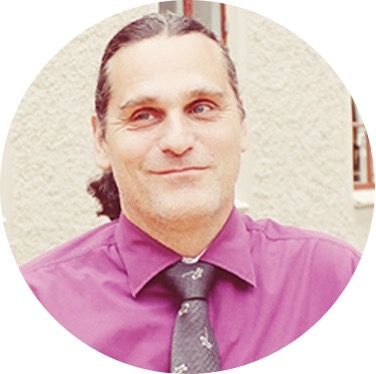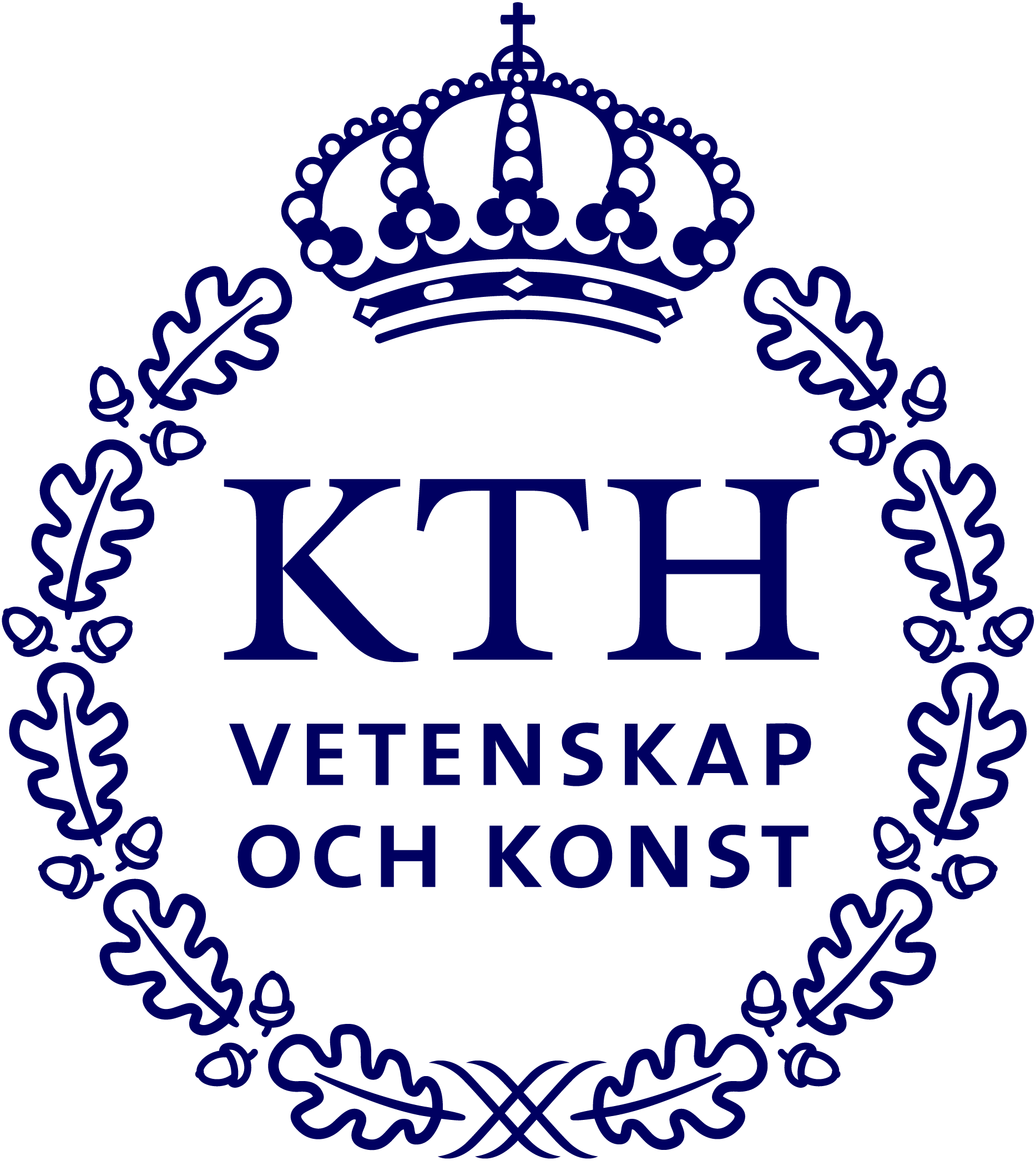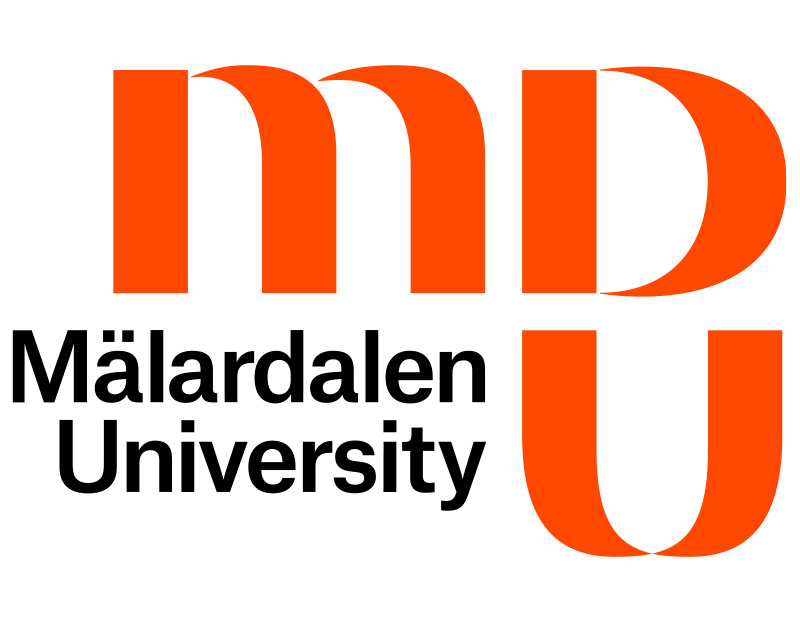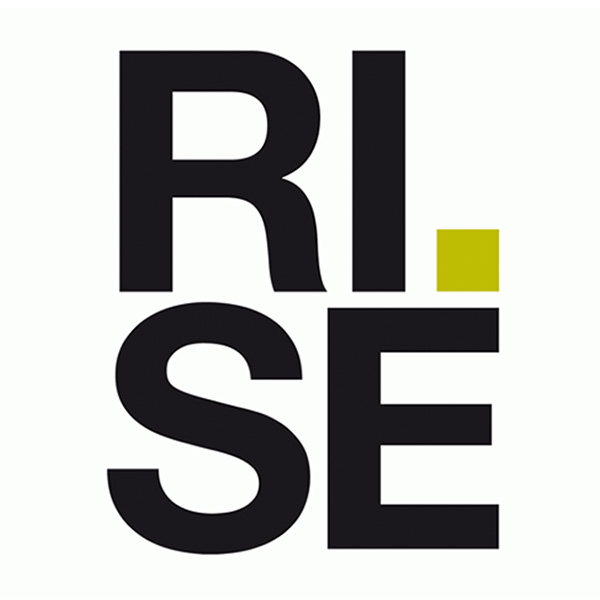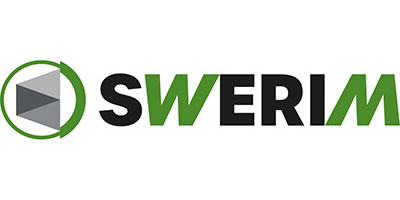Waste flow mapping: Company action research leading to academic impact

Waste Flow Mapping (WFM) cathegorise residual streams into current and potential circular streams and valorise each stream with market value/cost and analyses logistis and material handling costs for each stream. It brings a toolbox of applicable scientific methods to improve handling and management of wasted materials. It delivers measurments in economic and environmental terms and potential business cases for improving sorting and higher quality of recycling streams as well as decreasing amounts of wasted materials.
Initiaitive description
Waste Flow Mapping (WFM) started as industrial development to improve waste and recycling management within a Swedish automotive manufacturing firm (alfa) in 2010. It was initially run as an action research multiple case study. Then it was developed in three MistraClosing the loop research projects where methods and performance measurements were researched against state of the art research in literature. WFM has since then been applied in automotive, manufacturing, construction and healthcare industry to imrove sorting of residual materials and reduce generation of waste.
Project goals
The goals of theWaste Flow Mapping development were to develop a scientific based but still quick method to identify sources of waste and improvement potentials. To achieve this a mixed qualitative and quantifiqative analysis of the waste flows and their costs and environmental impacts were needed.
WFM can be a shortcut to find improvements compared to a fully structuret material flow assesment or an LCI assesment. By focussing on the wasted resources potentials to reduce waste is enhanced, in linre with lean thinkin and lean manufacturing methods. .
Project contact
